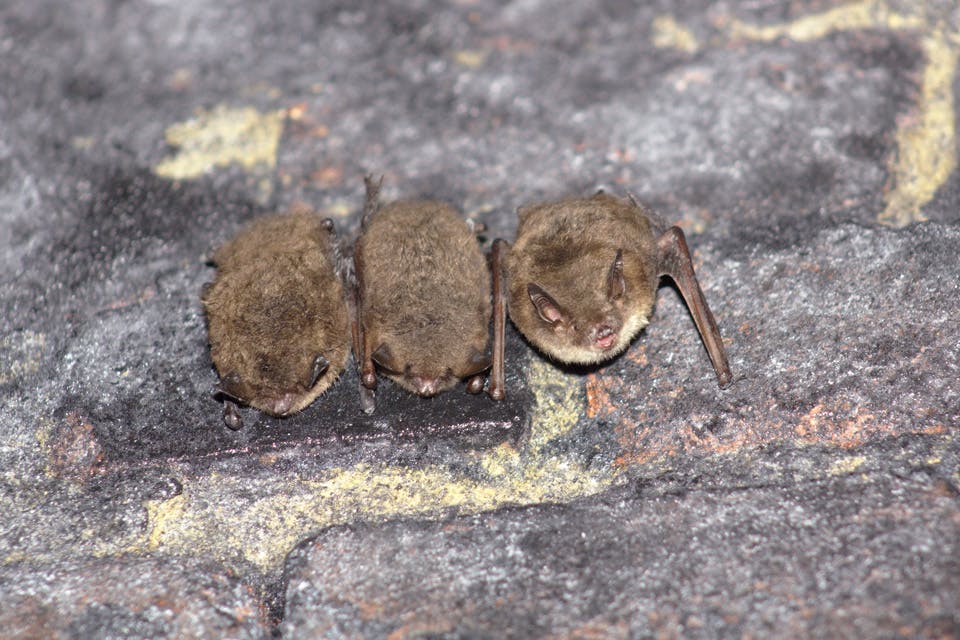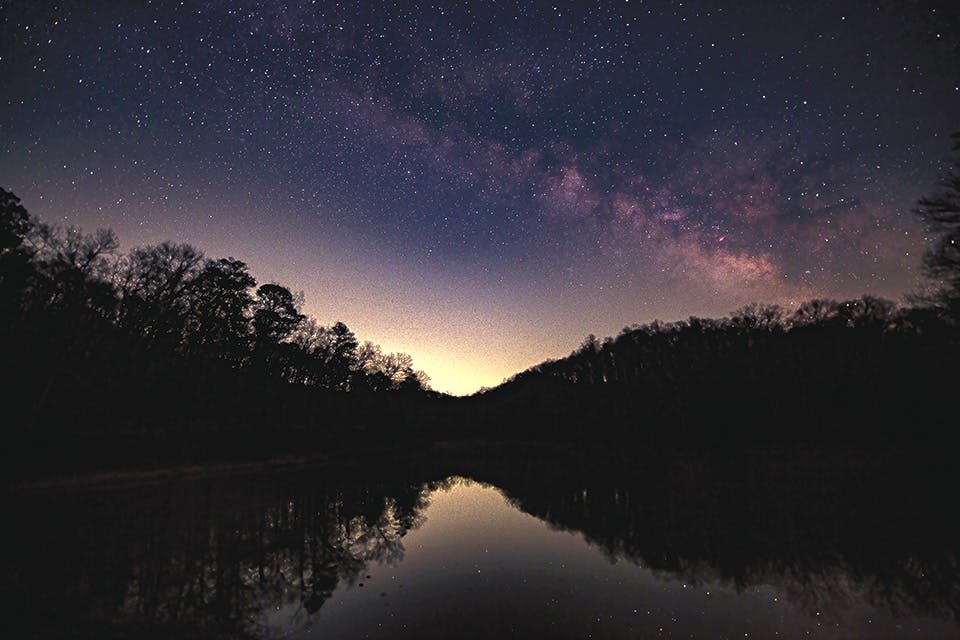Travel
Stargazing in Ohio
Stargazing is one of humanity’s oldest hobbies. Here are some of the best places to enjoy the night sky in Ohio, plus advice for making the most of your adventure.
Related Articles

Explore a 19th-Century Form of Photography in Marion
“Grasses in Sun and Shadow” showcases the art of cyanotypes at The Ohio State University at Marion from Oct. 21 through Nov. 13. READ MORE >>

This Cincinnati Festival Debunks Myths About Bats
Experts from the University of Cincinnati lead the fourth annual Ohio Bat Fest on Oct. 25, raising awareness about this often-misunderstood creature. READ MORE >>

Take a Fall Color Tour of Ohio
Autumn is the most beautiful time of year here, so we asked photographers across the state to share a favorite image of the season and the story behind it. READ MORE >>









